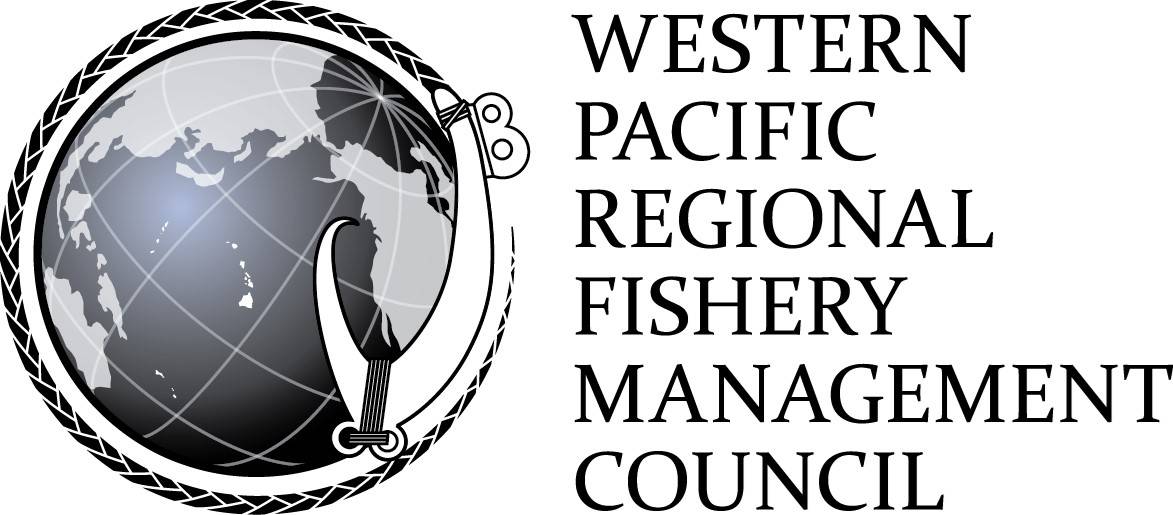As the U.S. exclusive economic zone available to fishing continues to shrink due to federal regulations, foreign fishing presence increases and Pacific Islands bear the brunt of American conservation efforts, justice has seemingly turned into “just us.” Ninety percent of the Biden Administration’s mandate to conserve 30% of the ocean by 2030 is supported by closures in the U.S. Pacific.
The Western Pacific Regional Fishery Management Council will address equitable access, fair treatment of fishing communities and preservation of sustainable fishing at its meeting June 24-26, 2024, in Honolulu.
The Council will receive updates on the proposed national marine sanctuaries in the Northwestern Hawaiian Islands (NWHI) and the Pacific Remote Island Areas (PRIA). NOAA held public hearings on the NWHI sanctuary draft Environmental Impact Statement throughout the State of Hawai‘i in April. Council representatives attended to answer questions on its recommendations for fishing regulations, and submitted written comments to NOAA in May. For the PRIA sanctuary, after a flurry of activity at the end of 2023, including the Council’s recommendation that no additional fishing regulations were needed, there has not been much movement beyond potential renaming.
The Council will also discuss seafood trade and strategies to level the playing field between foreign and domestic fisheries in the marketplace. Earlier this week, Council staff, the Hawaii Longline Association and Hawai‘i market representatives met with the NOAA International Affairs, Trade and Commerce Division and also with the Office of the U.S. Trade Representative. These meetings were to strategize ways to improve seafood import monitoring and reduce the flow of foreign products undercutting U.S. fishery products, specifically for tuna, into local and nationwide markets. Pacific Island tuna fishery representatives are concerned with heavily subsidized foreign fisheries ‘dumping’ cheaper products into the U.S. market.
Action Items
The Council will consider annual catch limits (ACLs) and accountability measures for the main Hawaiian Islands deep-seven bottomfish complex for 2024-2027. Members will take into account reports on the uncertainties and risk of overfishing, and advice from its Scientific and Statistical Committee. The fishery is neither overfished nor experiencing overfishing, with 2023 landings reaching less than half of the current ACL of 492,000 pounds.
The Council will also review and comment on the American Samoa Marine Conservation Plan (MCP) for implementation in August 2024. Key updates include developing a tuna policy to address declining albacore catch rates and restrictive federal regulations impacting U.S.-flagged vessels. The MCP also proposes creating a fishermen registry to track fishing efforts and assist with economic or disaster relief. According to the Magnuson-Stevens Act, the Council must validate that the projects are consistent with its Fishery Ecosystem Plans and will not affect the sustainability of fisheries in the area.
Other Agenda Items
The Council will also discuss how fisheries in the Western Pacific region performed in 2023 relative to previous years. The Annual Stock Assessment and Fishery Evaluation Reports will be presented to the Council with highlights of catch and effort trends, economic indicators and climate considerations. For example, despite decreases in commercial licenses and trips, the Hawai‘i bottomfish fishery had its highest catch since 2018. In American Samoa, longline sets continued a decreasing trend to an all-time low, but had an increase in trolling.
Fishers Forum
As part of its 199th meeting, the Council will host a free, family friendly Fishers Forum June 24, 2024, from 6 to 9 p.m. with the theme “Where are the fish going?” Attendees will learn how climate change is affecting the ocean and fish populations across the Pacific and closer to Hawai‘i, and what that means for fishermen. Fishing community leaders like Roy Morioka and Carl Jellings will share important observations on weather, seas, markets and operations.
The Council meeting and Fishers Forum will be held at the Ala Moana Hotel, Hibiscus Ballroom, 410 Atkinson Drive in Honolulu. For more information, visit www.wpcouncil.org/event/199th-council-meeting. Remote participation for the Council meeting is available via Webex at https://tinyurl.com/199CouncilMtg.
Western Pacific Regional Fishery Management Council: Secretary of Commerce appointees from nominees selected by American Samoa, the CNMI, Guam and Hawai‘i governors: Will Sword, noncommercial fisherman/engineer (American Samoa) (chair); Roger Dang, Fresh Island Fish Co. (Hawai‘i) (vice chair); Manny Dueñas, Guam Fishermen’s Cooperative Association (Guam) (vice chair); Judith Guthertz, University of Guam (Guam); Pete Itibus, noncommercial fisher (CNMI); Shaelene Kamaka‘ala, Hawaiian Islands Land Trust (Hawai‘i); Matt Ramsey, Conservation International (Hawai‘i); and Gene Weaver, CNMI Judiciary (CNMI). Designated state officials: Dawn Chang, Hawai‘i Dept. of Land & Natural Resources; Sylvan Igisomar, CNMI Dept. of Lands & Natural Resources (vice chair); Chelsa Muña, Guam Dept. of Agriculture; and Archie Soliai, American Samoa Dept. of Marine & Wildlife Resources (vice chair). Designated federal officials (voting): Sarah Malloy (acting), NMFS Pacific Islands Regional Office. Designated federal officials (nonvoting): Colin Brinkman, U.S. State Dept.; Brian Peck, U.S. Fish & Wildlife Service; and RADM Michael Day, U.S. Coast Guard 14th District.
